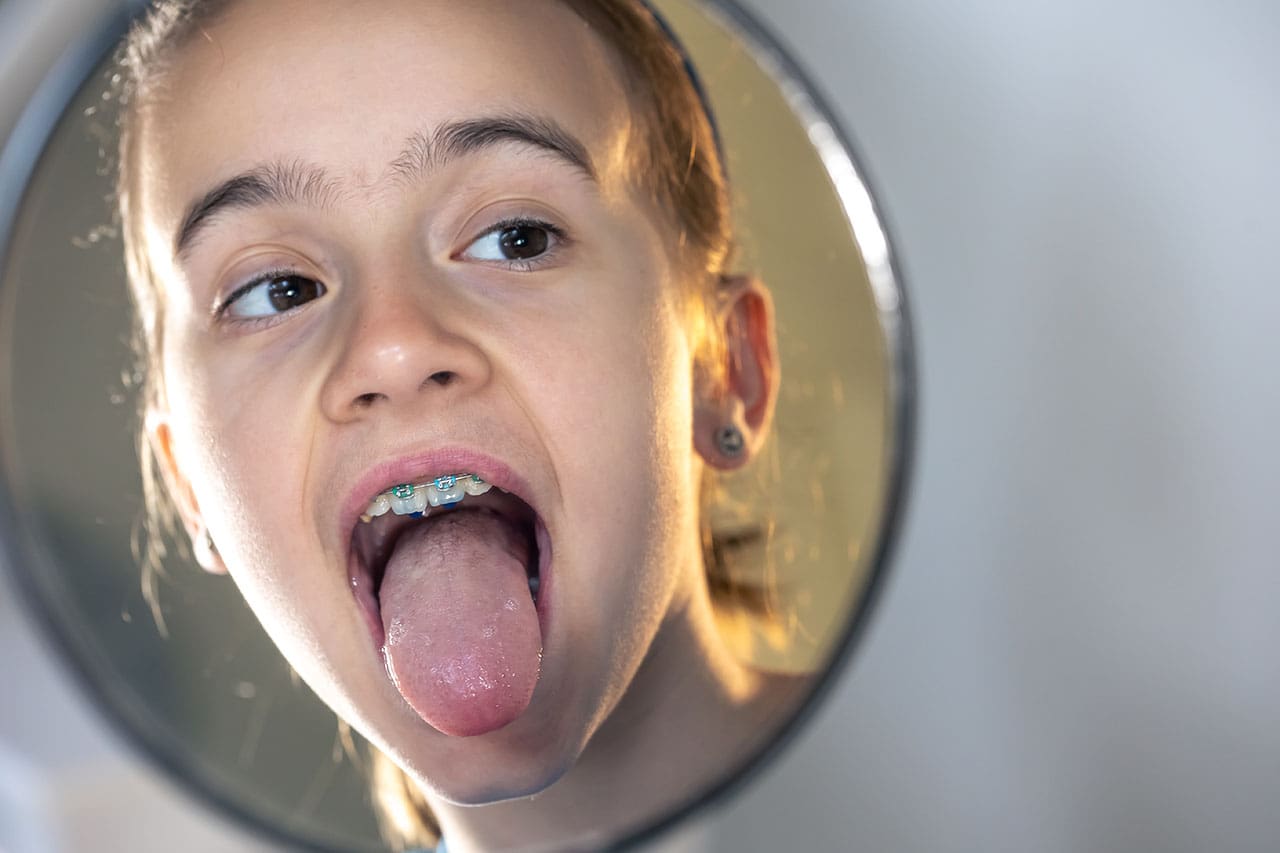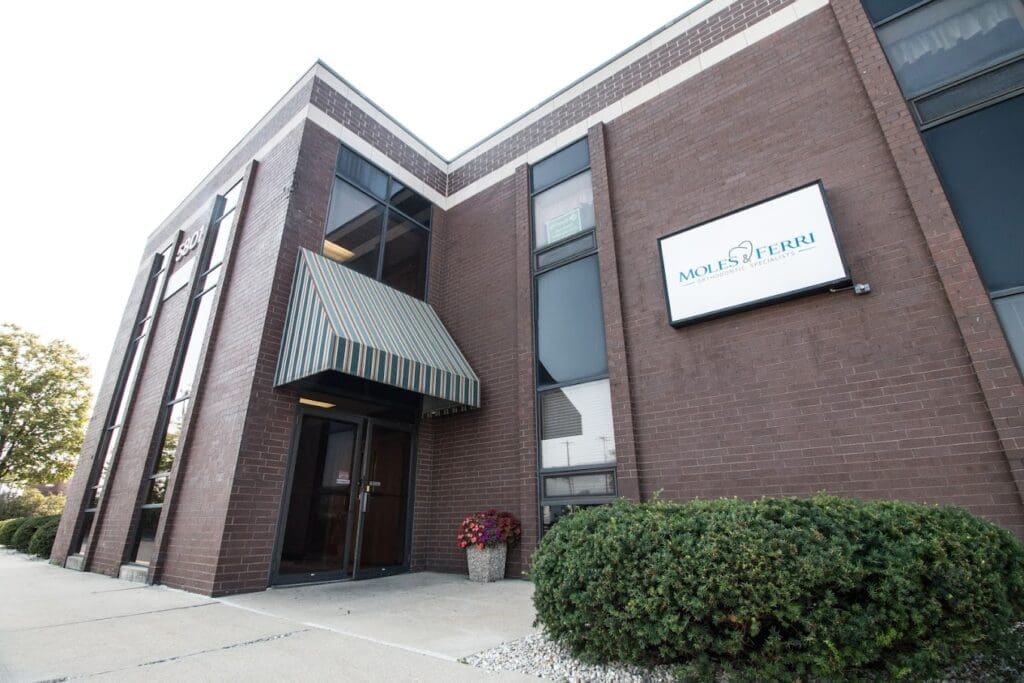What is Two-Phase Treatment?
Two-phase treatment is a type of orthodontic treatment that is sometimes used when it appears that a young child will have severe orthodontic problems if left untreated. It is described as two-phase because there is a first phase that focuses on preventing likely future problems, and there is a second phase that focuses on perfecting the child’s smile.


What Happens in Phase 1?
The American Association of Orthodontists recommends that parents have their children’s teeth screened by the age of 7. This is because even at that young age, the likelihood of some orthodontic problems can already be diagnosed, even if all of a child’s teeth have not yet erupted. For instance, problems with upper or lower jaw growth and alignment can often be recognized at an early age.
Why Phase 1 is So Important
The goal of Phase 1 is to intercept and prevent these issues by directing tooth and jaw growth in such a way that adequate room for the eruption of all permanent teeth is maintained, thus preventing overcrowding. These early corrections can help prevent future tooth extractions to correct overcrowding and/or surgical procedures to fix malformed jaw alignment.
What is the Resting Period?
It is important to remember that when Phase 1 is initiated, most children still have permanent teeth that have not yet erupted. The goal of the Resting Period is to allow the child’s remaining permanent teeth to emerge. If Phase 1 is successful, these teeth will have room to come in without needing to crowd, displace, or impact other teeth. Retaining devices are not typically used during this phase because they could interfere with tooth eruption.
Typically, periodic checkups are prescribed during the Resting Period so that the orthodontist can monitor the child’s progress and adjust treatment if needed. Selective removal of specific primary teeth (baby teeth) may be prescribed if it appears they are blocking the successful eruption of permanent teeth.
What Happens in Phase 2?
Phase 2 starts after all of the child’s permanent teeth have come in. Depending on the severity of the child’s orthodontic needs, if Phase 1 is successful, Phase 2 can be shorter and less complicated than it would have been without Phase 1 treatment.
Why Phase 2 is Important
The goal of Phase 2 is to move the teeth and jaws into correct alignment and position, giving the patient an attractive smile and profile. This typically requires braces on the teeth for roughly 12-14 months to make sure each tooth is in the proper position. After braces are removed, retainers are often used to help the patient retain a balanced, beautiful smile.
What If I Put Off Treatment?
Because the goal of Phase 1 is to lessen the severity or occurrence of overcrowding and alignment issues before all of the child’s teeth have come in, putting off treatment can mean longer treatment in the long-run and a less satisfying overall result.
Dr. Ferri, who received his specialty training in orthodontics at Marquette University, can answer any questions you may have about two-phase treatment. Contact us to schedule a free orthodontic consultation at any one of our three locations in Greenfield, Mt Pleasant, or Brookfield.



